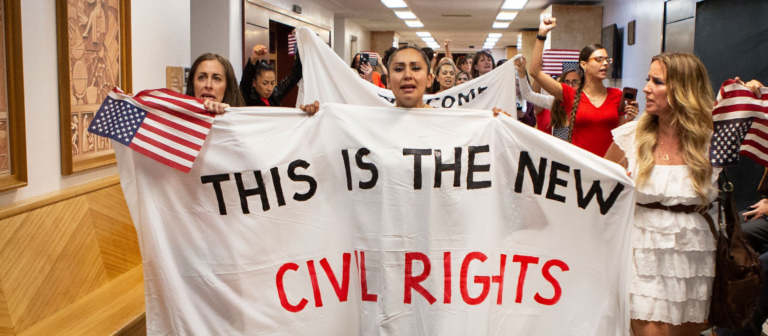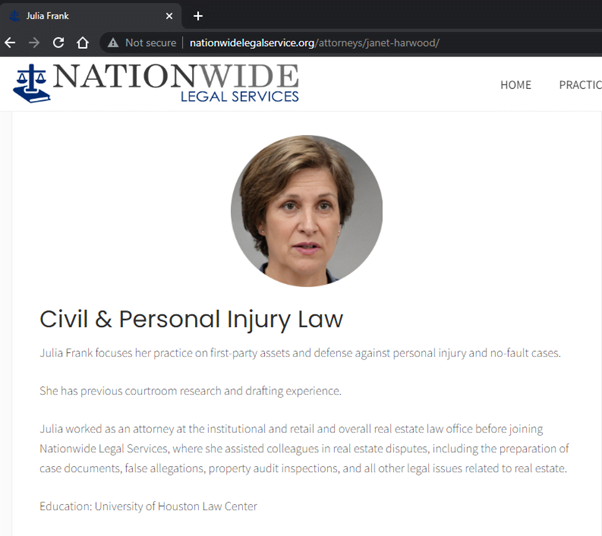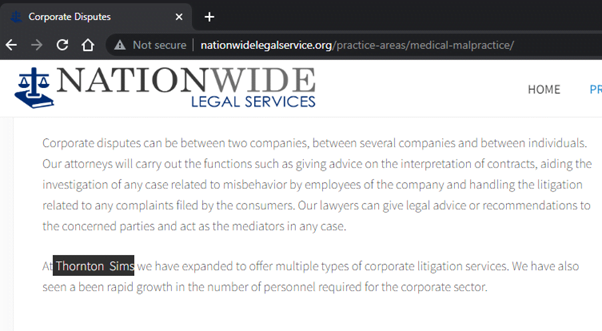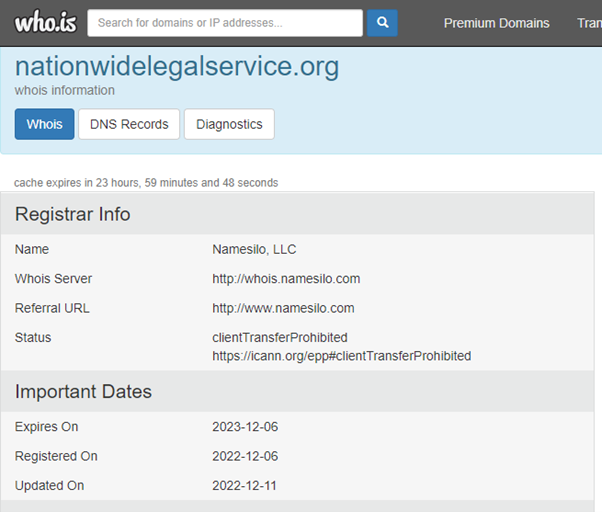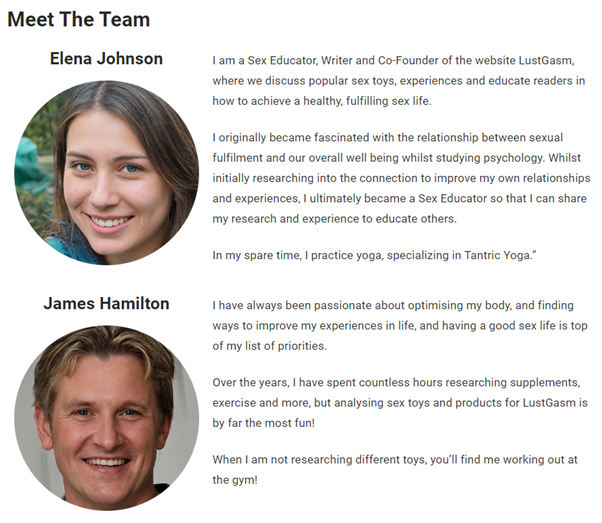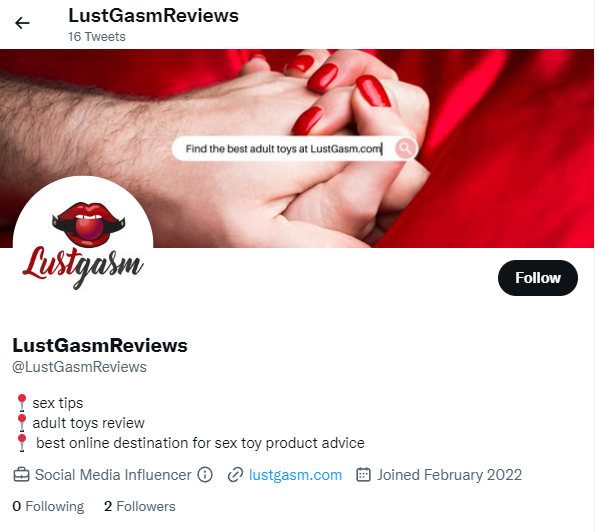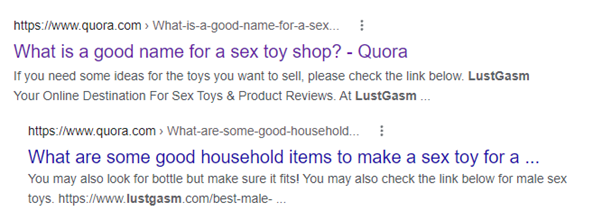Would you believe me if I told you that almost everyone you have met today has herpes? The person next to you on your commute to work, the barista at your favorite coffee shop, even your mum?
To believe this, we need to understand what herpes actually is. Herpes is an umbrella term for eight different types of viruses. If you have had chickenpox or glandular fever, you actively and permanently have a type of herpes virus in your body, as they represent two of the strains of the virus. However, that isn’t what most people think of when they hear ‘herpes’ – we usually think of when we hear the word, HSV1 and HSV2, the sexually transmissible strains.
Even these specific variations of the virus affect a massive amount of people. Today, according to the WHO, 67% of the global population under 50 carry the herpes simplex 1 (HSV-1) virus, and 11% carry the herpes simplex 2 (HSV-2) virus. HSV-1 is the strain that we usually call “common cold sores” which is a form of fluid-filled blisters that form around your mouth. It’s a latent virus, meaning it constantly exists in your body and occasionally gets triggered into outbreaks. These triggers depend on the person, some get outbreaks due to stress, and others get it in combination with other colds or infections, due to the immune system being lowered during these times. The second strain, HSV-2, is the sexually transmittable version of the virus which results in genital herpes. With this strain, the outbreak resembles the HSV-1 outbreak, and the triggers can also vary from person to person.
I was 13 years old when I first was taught about sexually transmitted diseases. I was in biology class in a room filled with taxidermy rodents and dusty microscopes when we had a guest lesson from a sexual health guide. She was there to educate, and (maybe, in retrospect, intimidate), this class of around 20 kids about the reality of intimate relations.
The next hour was spent promoting abstinence, with a continuous slideshow of rather graphic photos of the symptoms of sexually transmittable diseases. The diseases were portrayed as a sort of leprosy, where any sign of an STD would make you an outcast in society. Yet today, a majority of people worldwide carry a type of herpes stain, either HSV-1 or HSV-2. It’s therefore a virus that affects billions worldwide, so why is it still so riddled with stigma, myths and misconceptions?
To clear up some of these misconceptions I have spoken to a woman who carries both of these viruses, HSV-1 and HSV-2. She wants to remain anonymous, so for this article, I will simply call her Jane. Jane has lived with her diagnosis for almost five years now. She told me that, initially, she felt anxious and angry about the news.
I wanted to blame someone for putting me in the situation, which I now realize is wrong (…) it’s just a situation you’re put in and it might suck but there isn’t much you can do about it.
Many people with different types of STDs feel a sort of animosity towards the person they got the virus from, which Jane believes can be rooted in the fear of how you are going to be treated:
It becomes a situation where you want someone to blame, so that when you face stigma you can distance yourself from it and have a scapegoat to put all that stigma towards.
As with many stigmatised diseases, there are many misconceptions, and those misconceptions are amplified when it comes to a sexually transmitted infection. As society retains the notion that sex is dirty and somewhat sinful, the perceived consequences of sex are equally seen as inherently dirty. We never shame someone for having chickenpox, which is one form of herpes – why should we shame someone for having HSV-2, which is simply a different strain? As long as society deems sex taboo and dirty, the shame and stigma around sexually transmitted diseases will remain.
The shame and stigma around HSV-1 and HSV-2 run deep. In the eyes of some, people carrying herpes must also be sexually promiscuous (and, by extension, that promiscuity is inherently bad). Jane told me this is one of the most common misconceptions she faces. In reality, it only takes one sexual encounter to receive the virus – and that one encounter could be casual, or within a long-term relationship; the virus doesn’t discriminate.
The notion that a person with an STD is inherently promiscuous in nature only blames the individual for the infection due to their approach to sexual encounters, and creates an “us-vs-them” mentality, where people may consider themselves not to be risking getting a virus due to their more conservative approach to sex. Again, it only takes one encounter without protection, it doesn’t matter if it’s your first or your fiftieth.
Connected to this, there is another myth: that you will always know if you have or have had herpes. This is also untrue. The disease can become evident to different extents in different people, so you may have carried the virus for years without knowing. To use COVID-19 as a comparison, some people got a large variety of ailments, and some went completely symptom free only realising they actively had a COVID-19 outbreak due to testing. Herpes can be similar, where the extent of the outbreaks varies greatly from person to person, and some don’t even have outbreaks but carry the virus nevertheless. As Jane noted,
I want people to understand that it’s very, very common. I think that is the main way for it to become less stigmatized.
We sometimes breeze past statistics without putting much thought into it, but 67% of us have HSV-1 and 11% have HSV-2 – that amounts to a huge number of people. Think of that the next time you’re on a train, at your workplace, or even at a family reunion. It may pause you in your steps and reconsider the preconceived notion that we all may have regarding the virus.
There is also the myth that herpes is hard to get, but once you have it you are constantly contagious. Again, this is untrue. The virus is transmitted through contact with herpes outbreaks through genital secretions or oral secretions. Jane told me this was a misconception she had faced in her personal life:
My first boyfriend, who wasn’t very informed about the disease, thought it was something that would spread easily even when I didn’t show any symptoms, which is not the case.
The general rule is that a person can only get HSV-2 through sexual contact with someone who has HSV-2. One can, however, get a form of genital HSV-1 from receiving oral sex from a partner with an active HSV-1 outbreak. Transmissibility is at its highest when an active outbreak is occurring, but it is possible to transmit the virus even without active outbreaks.
So, what is recommended to do if someone is experiencing an active outbreak? A person with HSV-1 or HSV-2 is most contagious during the first couple of days of the outbreak. For HSV-1, it is recommended to stop all sexual encounters during the time of the outbreak, which usually lasts around two weeks. After that, one is not deemed contagious and can continue all relations as they usually would. As for HSV-2, it is also recommended to put a stop to all sexual encounters during an outbreak. After an outbreak, the risk of spreading the virus is drastically lowered, however, it is still recommended to use a condom with sexual encounters, both to stop the spread of herpes, but also to prevent the spread of other sexually transmittable diseases and to avoid unplanned pregnancy.
As for the frequency of the outbreaks, this is also highly personal. Some might have multiple outbreaks per year, and some only have a couple of outbreaks in their lifetime. Studies have also shown that the symptomatic outbreaks are likely to decrease over time, as the virus tends to be more active the first couple of years after transmission.
When carrying HSV-1, there are also medications that one can take which reduce the prevalence of herpes outbreaks by almost 80%, which subsequently lowers the contagiousness of the virus.
Finally, we come to the myth that people who carry the virus are ‘undateable’, an idea that is untrue and that can be incredibly hurtful. When first getting the diagnosis, many individuals feel as though their love life is over. Many people who carry HSV-2 go on to live perfectly normal relationships, both with partners who share the diagnosis, and also with people who do not have HSV-2.
As for dating and having intimate relations with the virus, Jane further noted the difference in reactions between the two partners she’s had during her time carrying the virus:
My first boyfriend got a bit scared because he wasn’t very informed on what it meant for him, but after talking it through and giving him some time to process he was supportive. My second boyfriend didn’t think it was a big deal at all and it wasn’t even a discussion.
When asked if Jane preferred dating someone who already carried the virus, she said she does not have any preference other than that she wants to date someone who is an understanding partner and someone who would never shame her for carrying a virus.
On a brighter note, she feels as though the perception of people with herpes is developing, as she’s faced less backlash in the last couple of years. She notes that speaking openly about the virus has led to other people opening up to her about also carrying HSV-2:
I think I’ve been able to calm down some of my friends that have come to me with the news that they’re carrying the same virus. Just in the last month, a good friend reached out with the news that she just tested positive and she felt a bit confused and anxious.
She notes that there is a sense of community growing where the stigma around the virus is decreasing, and people no longer feel the need to hide the fact that they carry a virus. She says the ability to create a world where people feel less alone and afraid about something that affects so many worldwide.
Jane was quite young when she first realised that she carried the virus, and during that time it was something that induced a lot of anxiety and fear for her. That feeling no longer rules Jane’s life. She explained how she has grown more accepting of both the person who gave her the virus, and of herself:
It doesn’t have to affect your life and it’s not something that will affect your life negatively unless you give it the power to. It’s a virus and there are precautions you can take to prevent it from spreading but it’s not something that is going to ruin your life.
As positive as it may sound that we currently are living in an era of sexual acceptance where people with different types of STDs may feel less ostracised today than they did only a couple of years ago, there is still a long way to go. Looking into the future we need to focus on spreading correct information and keeping a kind and respectful attitude when discussing different types of viruses.
It’s important to not look at sex as an inherently dirty act, and with that also remember that any repercussions of this act are, therefore, not inherently dirty. After all, if you wouldn’t shame someone with chickenpox, why shame someone with HSV-2?
Reference list
- Why does herpes cause repeated outbreaks?
- Seroprevalence of herpes simplex virus types 1 and 2—United States. J Infect Dis, 2014. 209(3):325-33.
- Genital Herpes.
- Asymptomatic shedding of herpes simplex virus 1 and 2: implications for prevention of transmission. J Infect Dis,. 198(8): 1098–1100.
- Living with Herpes.
- The hidden world of human herpes viruses, TedXTalks.
- Genital Herpes.
- Reactivation of genital herpes simplex virus type 2 infection in asymptomatic seropositive persons. New Engl J Med, 342(12): 844–50.
- Herpes simplex virus.






